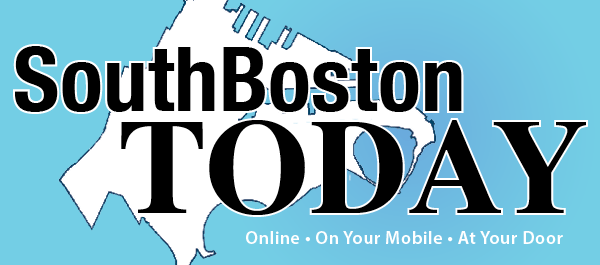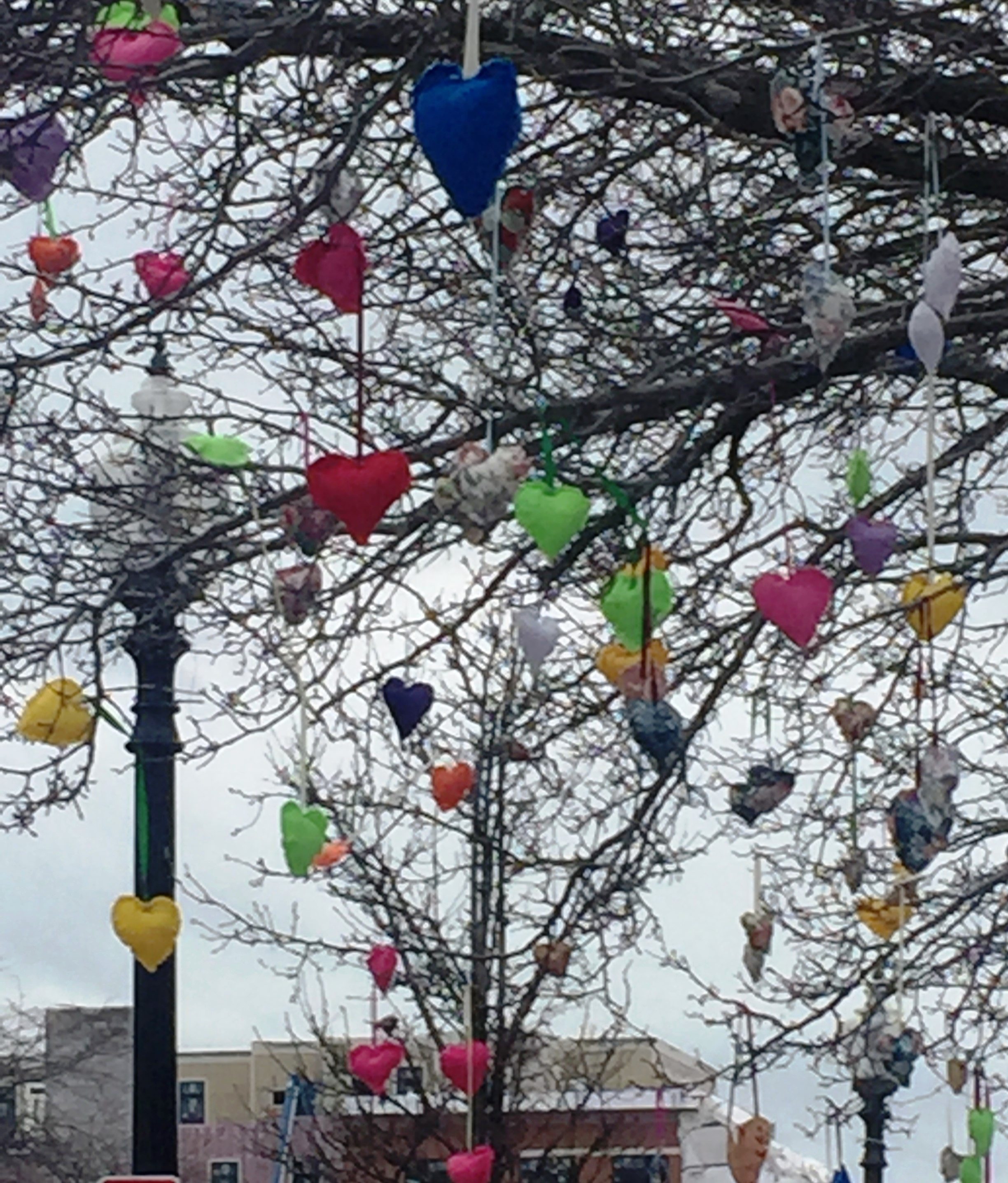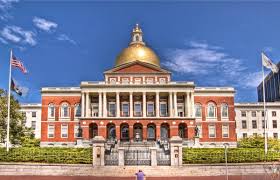| Guided by Imagine Boston 2030 |
|
Mayor Martin J. Walsh presented his $2.4 billion Imagine Boston Capital Plan (Fiscal Year 2019 – 2023), which makes critical investments in every Boston neighborhood, guided by Boston’s citywide plan, Imagine Boston 2030. From a new playground at Harambee Park and to a new library in Upham’s Corner, to kitchen upgrades at 25 Boston schools, to new fire engines and fire houses, the City’s capital investments aim to enhance all aspects of Boston’s neighborhoods and provide more opportunities for Boston’s working families.
As Boston approaches the one year mark since Imagine Boston 2030 was released, Mayor Walsh has aligned 84 percent of the investments in the Capital Plan with the City’s planning efforts, including:
“It’s our priority to create growth and opportunity for every Bostonian in every neighborhood,” said Mayor Walsh. “Investing in initiatives and projects that bring shared growth, success, and greater equity is critical for our city to reach its full potential. Our budget is focused on making long-term investments that continue to lift up Boston’s middle class, as we ensure Boston is a city that works for all its families.”
Under the Imagine Boston 2030 plan, the Walsh Administration is investing in the core goals of BuildBPS, Go Boston 2030, Boston Creates, and Climate Ready Boston.
Mayor’s Walsh’s Imagine Boston Capital Plan makes investments in departments and resources key to boosting Boston’s middle class, including:
Education The capital plan invests heavily in Boston Public Schools, reflecting the Walsh Administration’s $1 billion commitment to upgrade Boston’s classrooms through BuildBPS, its ten-year school facilities master plan. The largest investment in the Capital Plan, a new building for the Boston Arts Academy, allocates $124.8 million for design and construction in partnership with the Massachusetts School Building Authority. The new school building will support the BAA’s dual arts and academic curriculum. The City’s capital plan will also invest in school infrastructure, as well as equitable, accessible facilities. Transportation Since unveiling the City’s Go Boston 2030 transportation plan, Mayor Walsh has continued to prioritize strengthening and creating transportation options that are safe, reliable and equitable. The capital plan invests in these large-scale infrastructure improvements, including an $18 million multi-year Massachusetts Avenue bridge project; a $100 million investment to rehabilitate and renew the Northern Avenue Bridge; and a $218 million investment to build a new North Washington Street bridge. Transportation improvements means creating a healthier, more accessible Boston — and that also includes the City’s investment in rebuilding the Long Island bridge. Through this capital plan, Boston will invest $90 million in rebuilding the bridge to Long Island. On Long Island, Boston will create a long-term recovery campus which will serve those individuals in and around Boston who need access to recovery services.
Parks and Open Space Parks and open space are some of Boston’s most loved places, and the capital budget continues to invest in preserving and improving open spaces for Boston residents, and generations to come. With this capital plan, the Walsh Administration will invest in the largest-ever capital funding for Boston parks.
Community Centers The City’s Capital Plan for BCYF targets an increase to programming capacity at the City’s community centers and supports high-quality facilities. Community centers provide families, children and teens with enriching programs such as after school care, athletics, job and computer training. We are investing in renovations in our community centers to upgrade community centers as well as BCYF pools around the city to ensure a fun and safe environment for all of the community members that seek to utilize the facility.
Energy and Environment Building on the success of the first phase of Climate Ready Boston in East Boston and Charlestown, the capital plan will allocate an additional $1.6 million to further resiliency initiatives to protect the city and provide more detailed reviews of additional neighborhoods. This includes an additional $600,000 for climate resilience planning for City neighborhoods and municipal facilities affected by climate change. It also includes $1 million to support the development of a study that will examine the feasibility of constructing a barrier in Boston Harbor in response to expected sea level rise due to climate change. The Renew Boston Trust was launched during the Walsh Administration and has systematically identified energy efficiency projects in the City’s 315 buildings to both lower energy bills and reduce emissions.
Housing This plan reflects an effort to continue the Administration’s work to encourage housing production, increase affordable housing options, and reduce displacement. Municipal finance law does not allow the City to use city capital dollars to support private housing but does allow public infrastructure projects to enhance housing development.
Arts and Culture With this capital plan, Boston will invest in creating new branch libraries, including a $12.6 million investment to build a new addition at the Faneuil Branch Library in Brighton; a $18.3 million investment in the design and construction of a branch library at Adams Street Library; a $18 million investment in the development of a new Upham’s Corner Branch Library; and a $12 million investment to support the construction of a new facility for the Fields Corner Branch Library. This budget also invests in renovating existing library, from a $17.2 million renovation of the Dudley Branch Library in Roxbury, to a $10.2 million investment in renovating the Roslindale Branch Library. FY19 also marks the second year of the City’s Percent for the Arts program, a program that dedicates one percent, or $1.7 million, of the City’s annual capital budget for commissioning permanent, public art in municipal spaces.
Public Safety The Walsh Administration’s investments in the recommended budget and capital plan provide a comprehensive and multi-disciplinary approach to violence prevention and public safety that emphasizes opportunities and pathways away from violence. With a growing population and changing neighborhoods, Boston needs reliable public safety facilities that help meet the needs of Boston’s residents. The City will complete the design for a new $29.9 million East Boston Police Station this year. Another investment of $48.2 million will ensure that new fire stations at Engine 42 in Egleston Square and Engine 17 on Meetinghouse Hill are designed and equipped to both protect firefighter health and safety and meet the public safety needs of our growing city.
About Imagine Boston 2030 Imagine Boston 2030 is Boston’s first citywide plan in 50 years aimed at guiding growth to support Boston’s dynamic economy and expand opportunity for all residents. The plan prioritizes inclusionary growth and puts forth a comprehensive vision to boost quality of life, equity and resilience in every neighborhood across the City. Shaped by the input of 15,000 residents who contributed their thoughts to the plan, Imagine Boston 2030 identifies five action areas to guide Boston’s growth, enhancement and preservation, and is paired with a set of metrics that will evaluate progress and successes. To learn more visit, imagine.boston.gov.
For more information on the FY19 budget proposal, please visit budget.boston.gov. |












